



















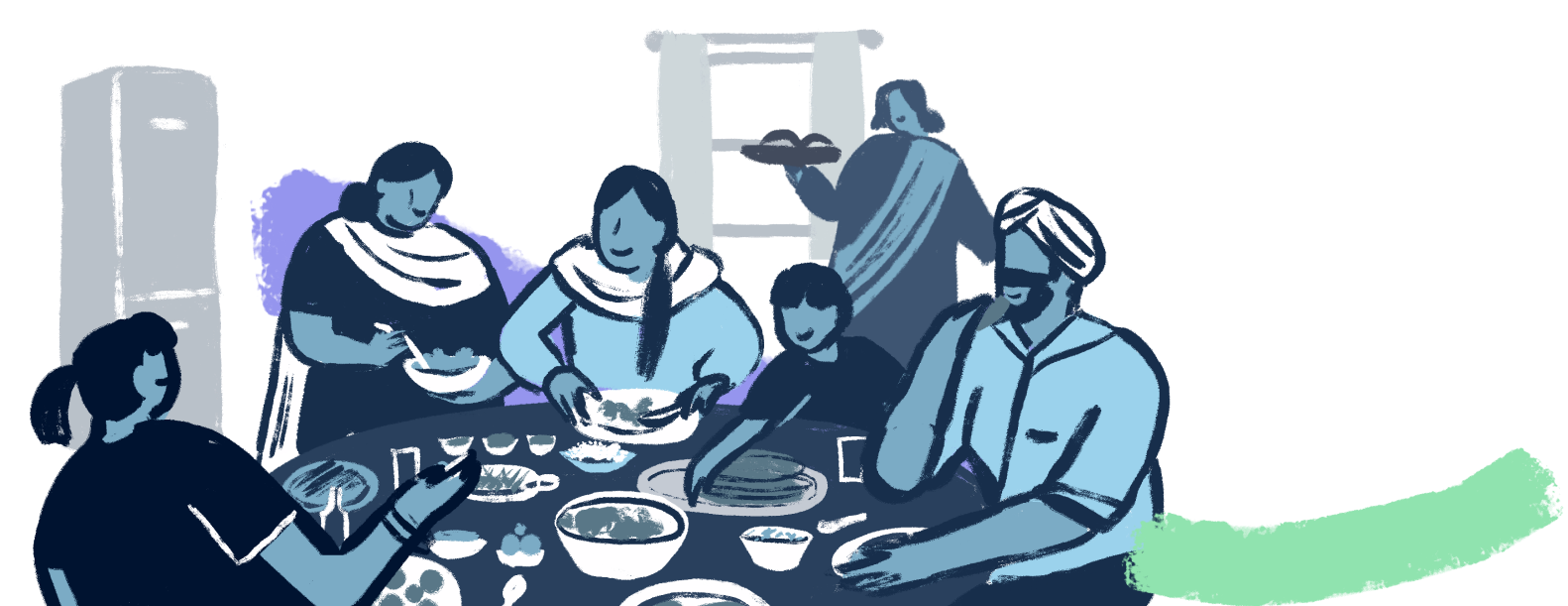









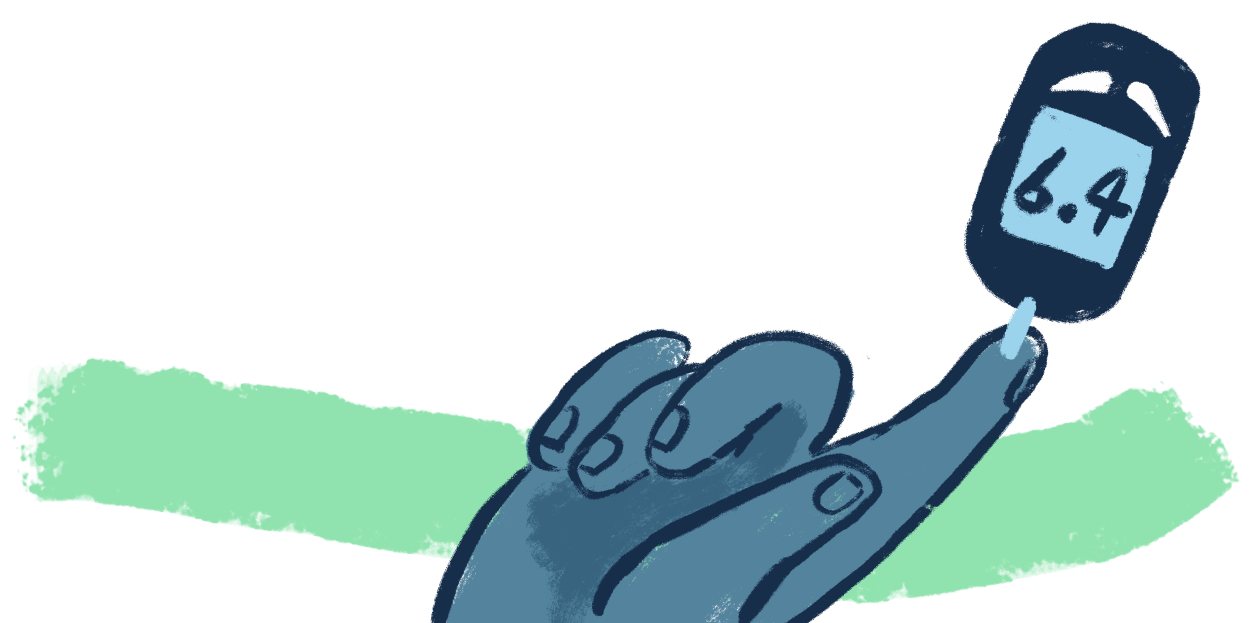



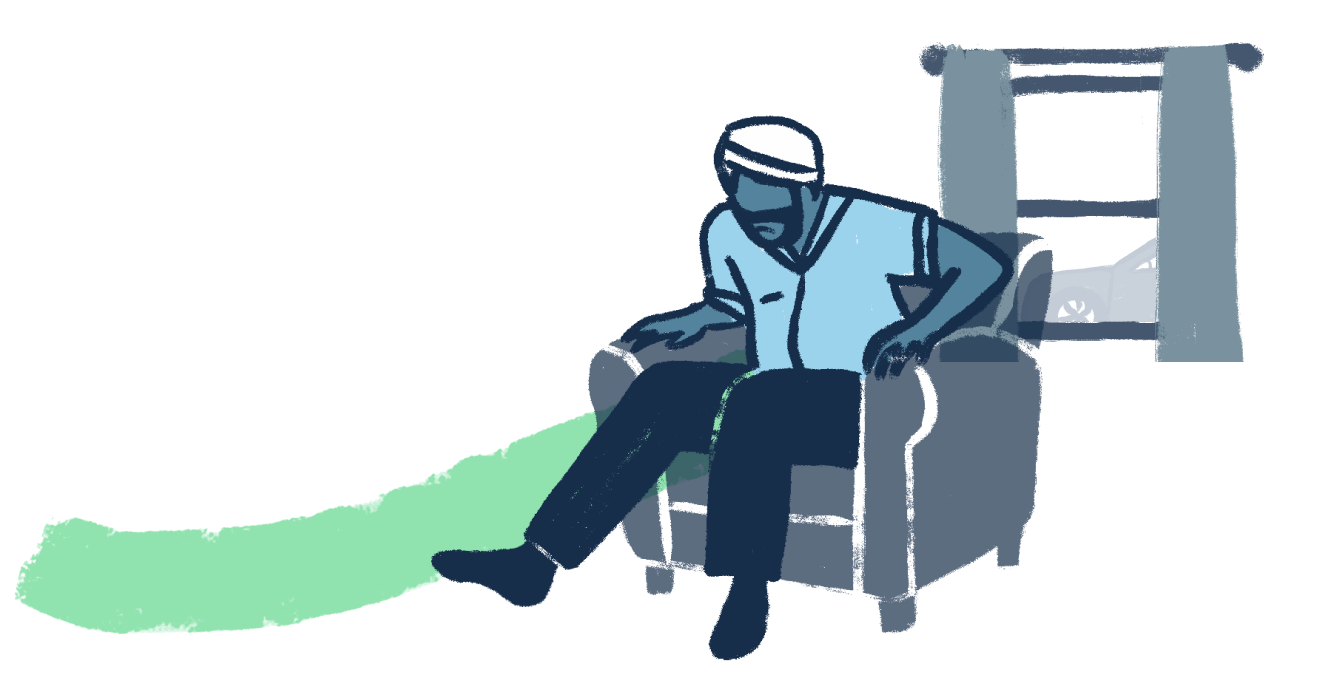



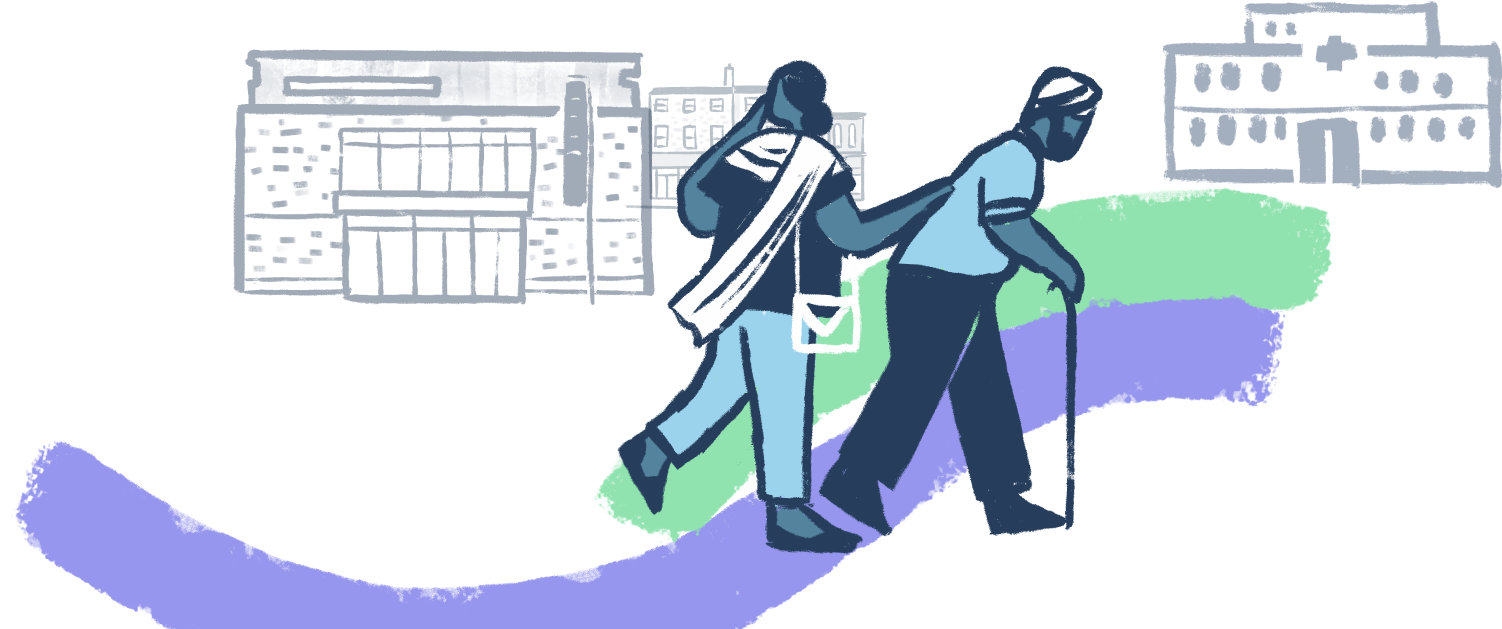





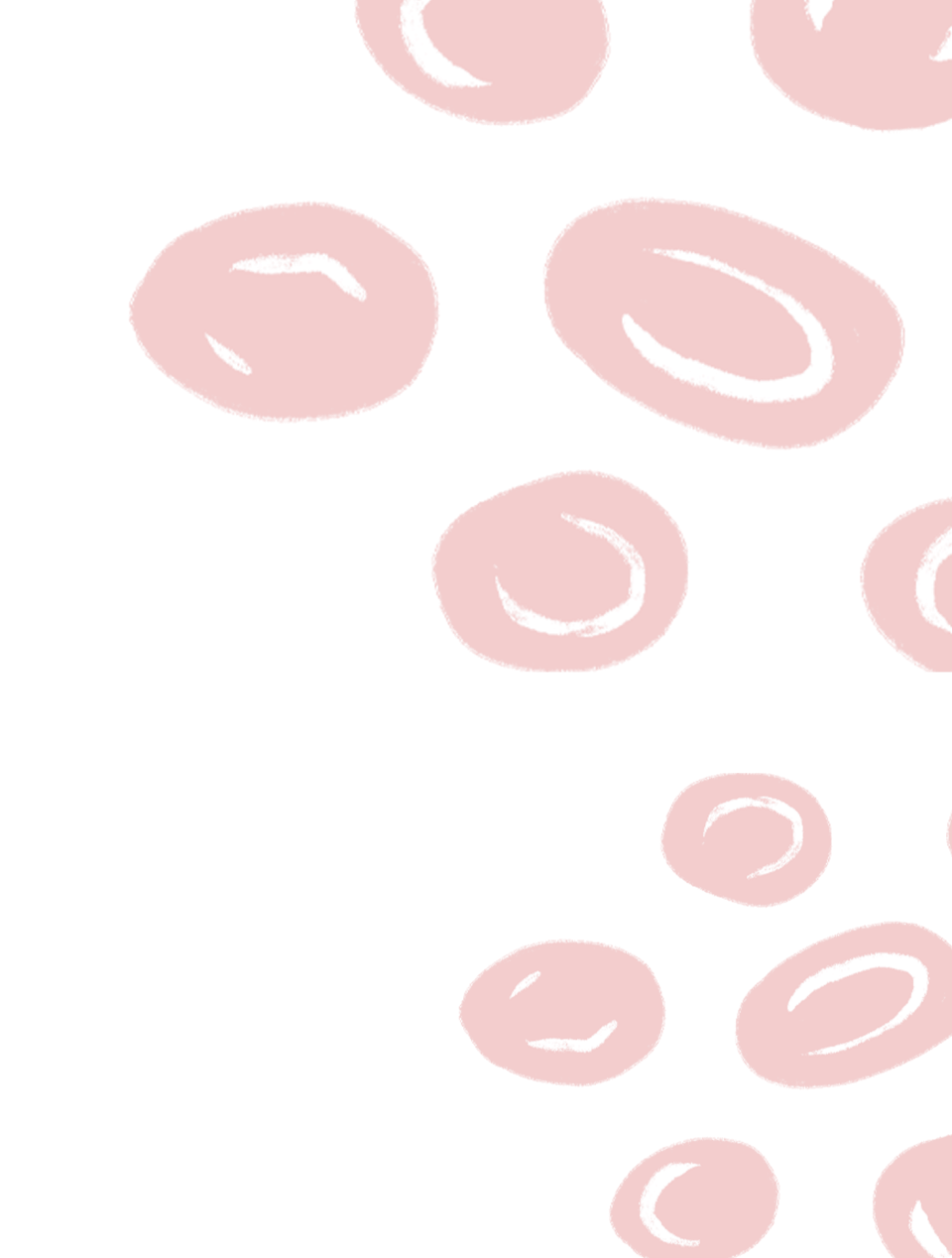













































 In some cases, women — especially women of colour — will have to make more visits to the doctor to be taken seriously.13
In some cases, women — especially women of colour — will have to make more visits to the doctor to be taken seriously.13  A genetic variant almost exclusive to people with south Asian heritage can affect the accuracy of the HbA1c test crucial for type 2 diagnosis.15
A genetic variant almost exclusive to people with south Asian heritage can affect the accuracy of the HbA1c test crucial for type 2 diagnosis.15  The cost of treating complications is far lower when people are diagnosed early and can manage their condition at home.
The cost of treating complications is far lower when people are diagnosed early and can manage their condition at home.  Diabetes costs the NHS more than £1.5m an hour.17
Diabetes costs the NHS more than £1.5m an hour.17 Gender inequalities rooted in women’s and men’s health pathways are fuelling the UK’s diabetes crisis.
And we’re seeing only part of the picture. Right now, sex-disaggregated data for the ‘care cascade’ — that is who is getting diagnosed, treated and properly cared for — isn’t available for diabetes at a national level.
With the right insights, we can reveal and remedy gaps along the entire pathway. What could we do differently with a more gender-targeted approach to diabetes? Some existing interventions are already proven to be making an impact.
